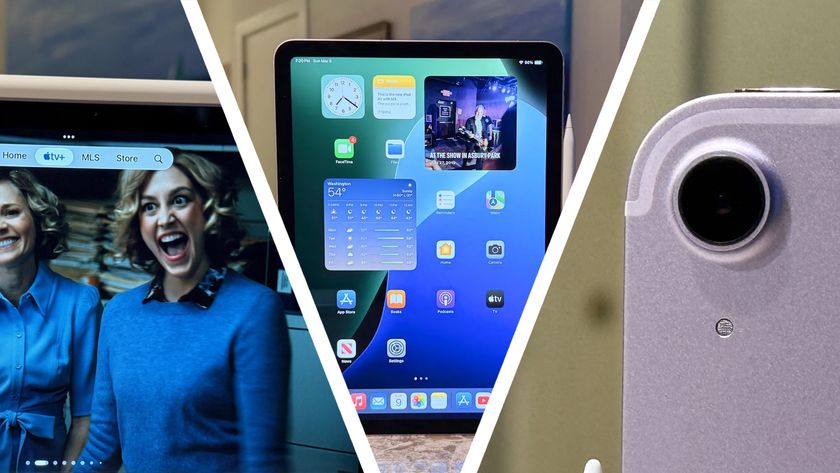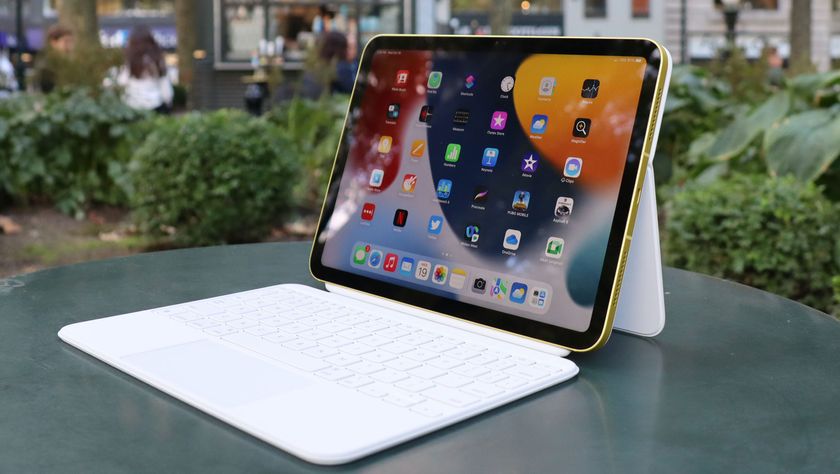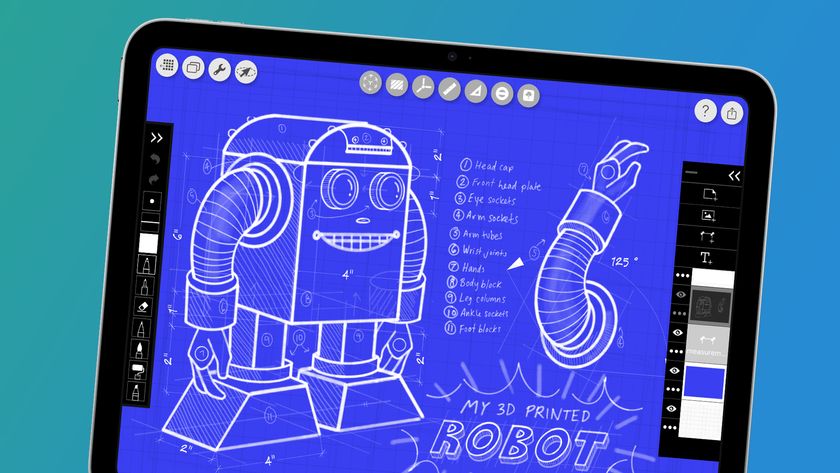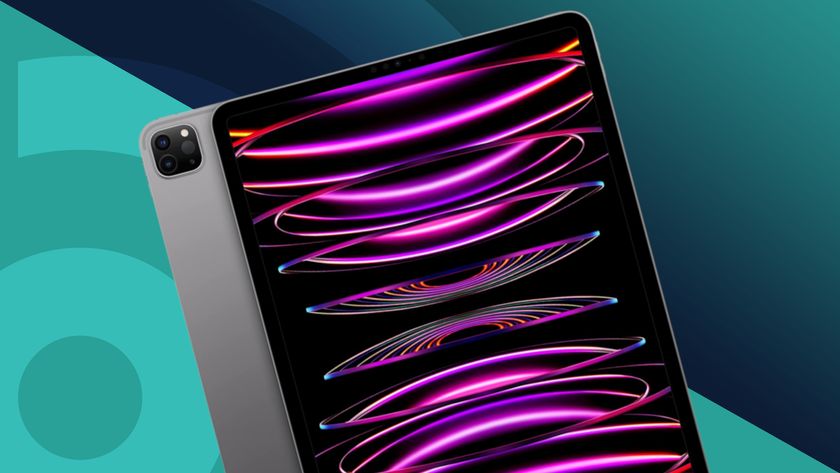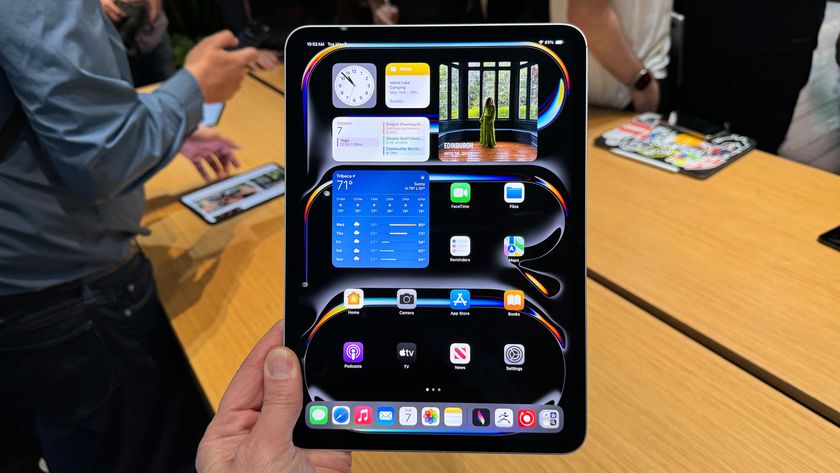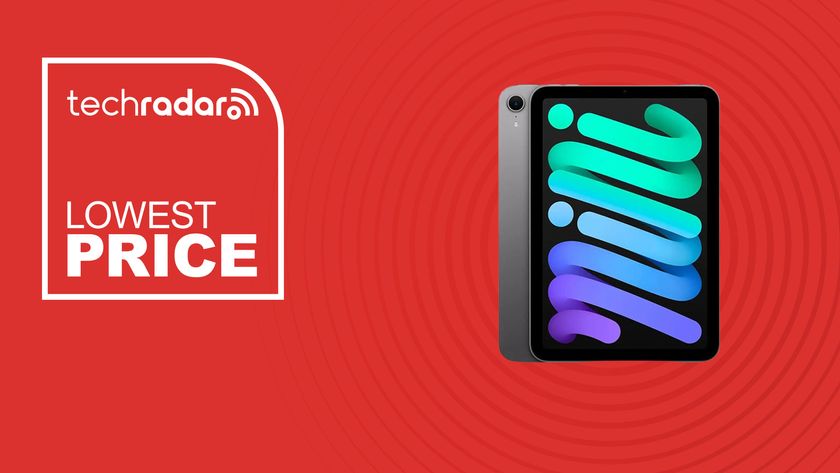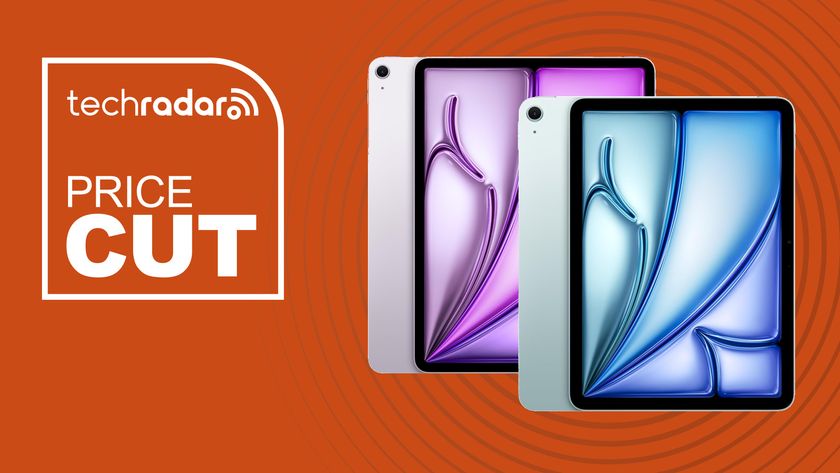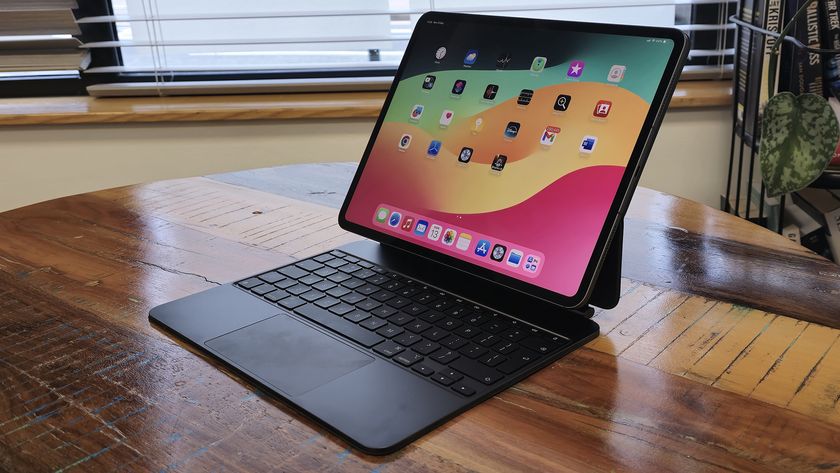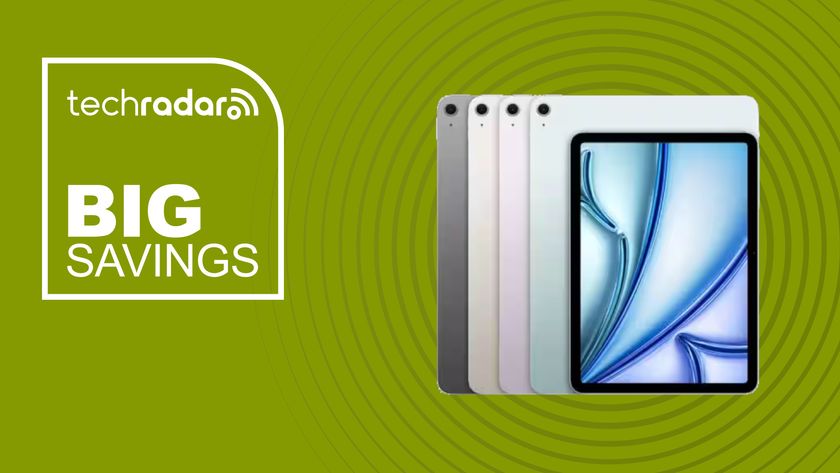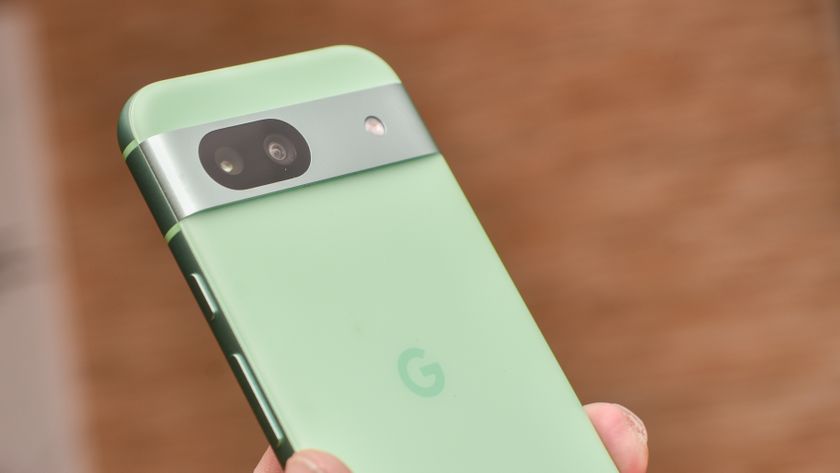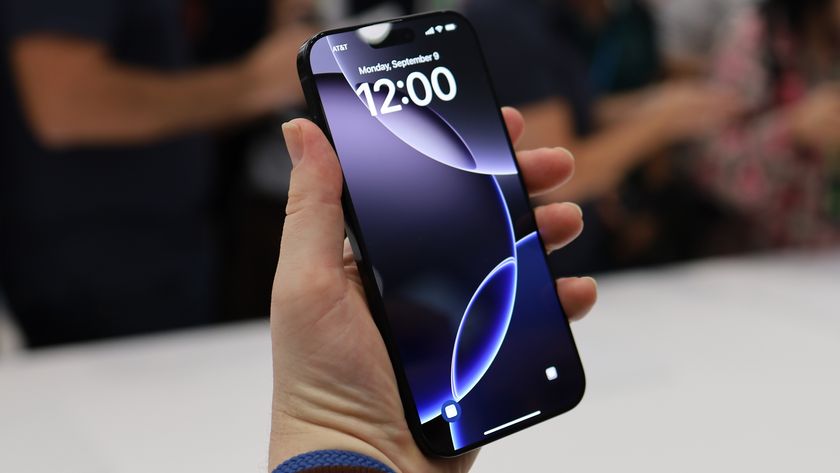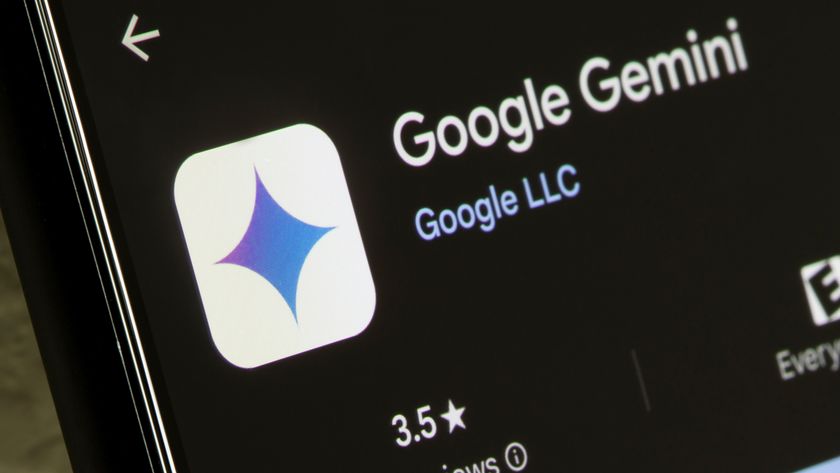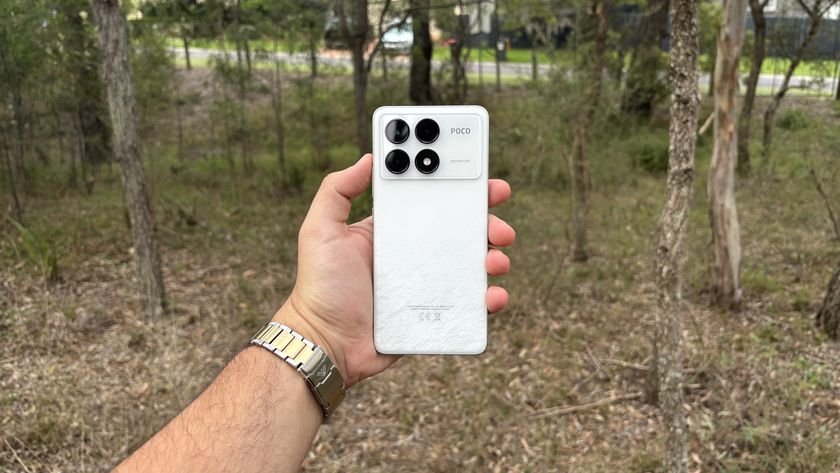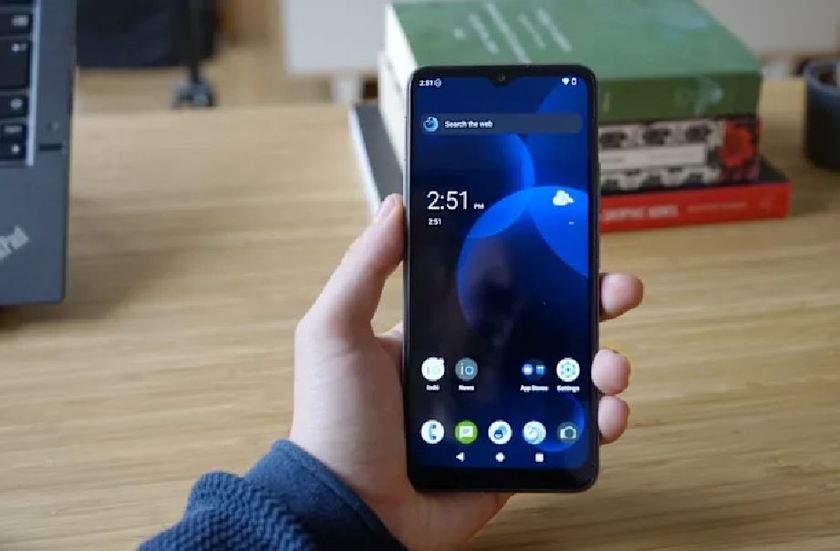iPad mini 7 specs reveal 5 potentially annoying limitations
Not deal-breakers for most of us, fortunately
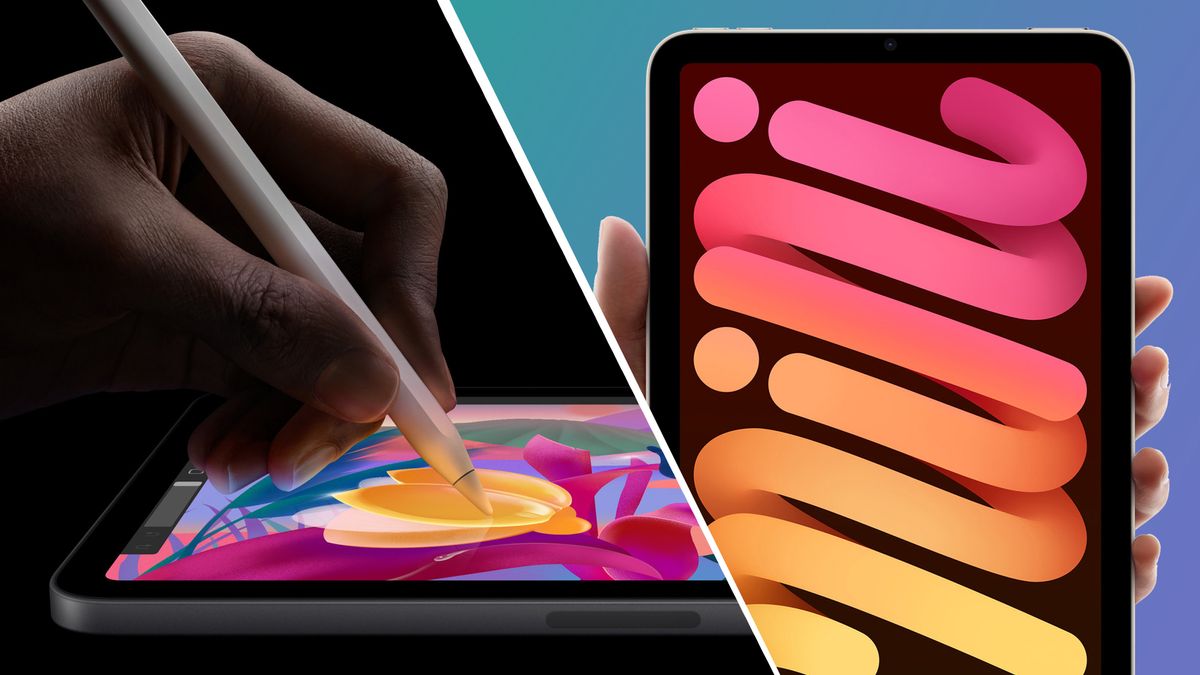
Now that the dust has settled on Apple's surprise iPad mini 7 announcement, potential buyers have been poring over the tablet's spec sheet with a fine toothcomb – and not all of the findings have been positive.
Yes, the iPad mini 7 is a healthy upgrade for Apple's 8.3-inch tablet – and considering it's been a long three years since the last version, that's something to be celebrated.
But in a few small ways, the mini 7 is also a slightly lackluster update that shows Apple still isn't committed to making a small tablet that can sit at the same table as its two bigger models – the iPad Air 13-inch (2024) and iPad Pro 13-inch (2024).
So, where exactly is the iPad mini 7 slightly underpowered, and should you care about those features at all? Here are the main niggles, based on what we wanted to see when the rumors started building earlier this year.
1. A downgraded A17 Pro chip
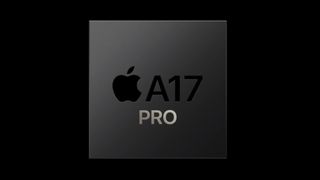
The iPad mini 7 is more powerful than the iPad mini (2021) thanks to its A17 Pro chip. That spec bump means Apple's mini tablet can now support Apple Intelligence – in fact, it's now the cheapest way to get Apple's AI-powered features.
But, as spotted by Wccftech, that A17 Pro chip isn't actually identical to the one we saw last year in the iPhone 15 Pro and 15 Pro Max. As the iPad mini 7's official specs page shows, its chip has a 5-core GPU rather than the 6-core chip from last year's flagship phones.
This isn't the first time this has happened – when the M2 iPad Air launched earlier this year, Apple later revealed that the tablet has a 9-core GPU rather than the 10-core one that it was originally advertised as having.
Get daily insight, inspiration and deals in your inbox
Sign up for breaking news, reviews, opinion, top tech deals, and more.
Whatever the reasons behind these chipset tweaks, most of us are unlikely to notice a performance difference – a bigger sore point for many is that the iPad mini 7 didn't get the latest A18 or A18 Pro chip for better future-proofing, though that would have also resulted in a price bump.
2. A 60hz screen with no ProMotion
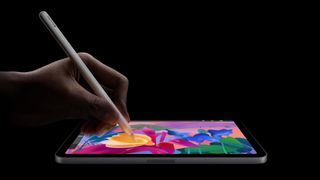
Given earlier leaks had suggested that the iPad mini 7 would get a screen with a 120Hz refresh rate, it was a slight disappointment for many to discover that Apple's new tablet still has a 60Hz display.
This spec reveals how many times your screen refreshes each second – a higher refresh rate means a smoother scrolling experience. Naturally, Apple has a fancy name for its 120Hz display tech – ProMotion.
However, the base iPhone 16 and iPad Air M2 (2024) also both have 60Hz screens, so its absence on the iPad mini 7 isn't necessarily a major deal. A bigger one could be whether or not Apple has fixed the 'jelly scrolling' issue that some iPad mini (2021) discovered when scrolling in portrait orientation.
At the time, Apple said that the issue was normal behavior for LCD screens, so we're looking forward to testing the new iPad mini 7 to see if there are still any remnants of it.
3. Touch ID rather than Face ID
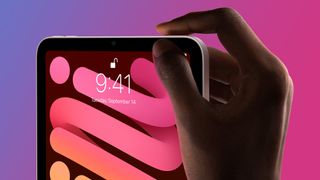
Touch ID may be dying out on iPhones, but the iPad mini 7 continues to use the tech for security features like Apple Pay or logging into apps. That's because the new mini has an identical design to its predecessor, aside from a couple of new colors.
With many hoping that the mini 7 might get a Face ID upgrade – like the latest iPad Pro models – that might be considered a slightly retro move. Then again, some iPad users have found that Face ID doesn't work as well on Apple's tablets as well as it does on the iPhone, so its continued reliance on a fingerprint scanner may even be considered a bonus for some.
4. No physical nano-SIM slot
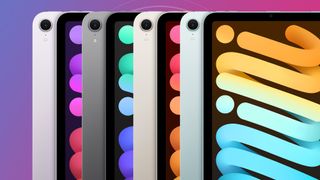
If you prefer your iPads to have a cellular connection, you might be interested to learn that – just like this year's iPad Air and iPad Pro – there's no physical SIM card slot in the iPad mini 7. Yep, it's eSIM all the way.
Is that a bad thing? Not for most people – setting up eSIMs or transferring them to other devices shouldn't be a complicated process, perhaps even quicker than physical SIMs.
But only having that single option can present problems if you like to move your SIMs between devices regularly, as that can involve contacting your network carrier – and as we all know, that process is never quite as simple as it should be.
5. No charger included (in the EU)
The final potential iPad mini 7 niggle, as spotted by MacRumors, is that Apple's new tablet doesn't come with a charging brick in the box in European countries, including the UK.
That isn't a huge surprise – the latest iPad Pro and Air models also ditched the bundled charger in the region, as Apple likely looks ahead to new EU regulations around electronic waste that are due in 2026.
A tiny plus is that the USB-C charging cable that comes with the tablet is now braided to make it more durable and protect it from cat-related incidents. If you live in the US or Australia, you can expect to get the usual 20W USB-C charging brick included.
iPad mini 7 – early thoughts
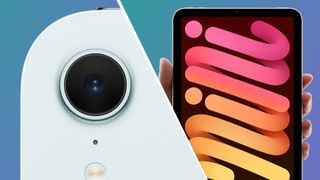
Most iPad mini 7 buyers won't consider any of these details to be major issues. While it'd have been nice to get an A18 chip and ProMotion display, that would also have inflated the price tag beyond the tablet's relatively affordable starting point of $499 / £499 / AU$799 (for 128GB of storage).
So while Apple hasn't gone all-out on making a premium mini tablet, it has likely done enough for most fans of the tablet's form factor – namely, future-proofing it with a chip that supports Apple Intelligence, doubling its RAM and base storage, and adding support for the Apple Pencil Pro.
With some other little quality-of-life upgrades like a speedier USB-C port and Wi-Fi 6E also on board, the iPad mini 7 looks more than good enough to be a travel-friendly sidekick for creatives who like digital sketching or editing photos. We'll give you our full verdict soon when we've put one through its paces.
You might also like...

Mark is TechRadar's Senior news editor. Having worked in tech journalism for a ludicrous 17 years, Mark is now attempting to break the world record for the number of camera bags hoarded by one person. He was previously Cameras Editor at both TechRadar and Trusted Reviews, Acting editor on Stuff.tv, as well as Features editor and Reviews editor on Stuff magazine. As a freelancer, he's contributed to titles including The Sunday Times, FourFourTwo and Arena. And in a former life, he also won The Daily Telegraph's Young Sportswriter of the Year. But that was before he discovered the strange joys of getting up at 4am for a photo shoot in London's Square Mile.
